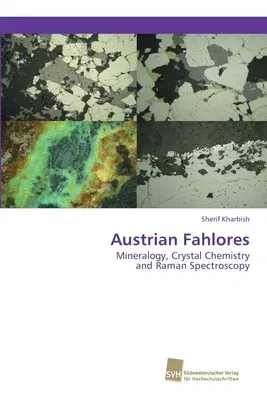Sherif Kharbish
(Author)Austrian FahloresPaperback, 9 June 2020

Qty
1
Turbo
Ships in 2 - 3 days
In Stock
Free Delivery
Cash on Delivery
15 Days
Free Returns
Secure Checkout
Print Length
168 pages
Language
English
Publisher
Sudwestdeutscher Verlag Fur Hochschulschriften AG
Date Published
9 Jun 2020
ISBN-10
6202322810
ISBN-13
9786202322812
Description
Product Details
Author:
Book Format:
Paperback
Country of Origin:
US
Date Published:
9 June 2020
Dimensions:
22.86 x
15.24 x
0.99 cm
ISBN-10:
6202322810
ISBN-13:
9786202322812
Language:
English
Pages:
168
Weight:
254.01 gm

